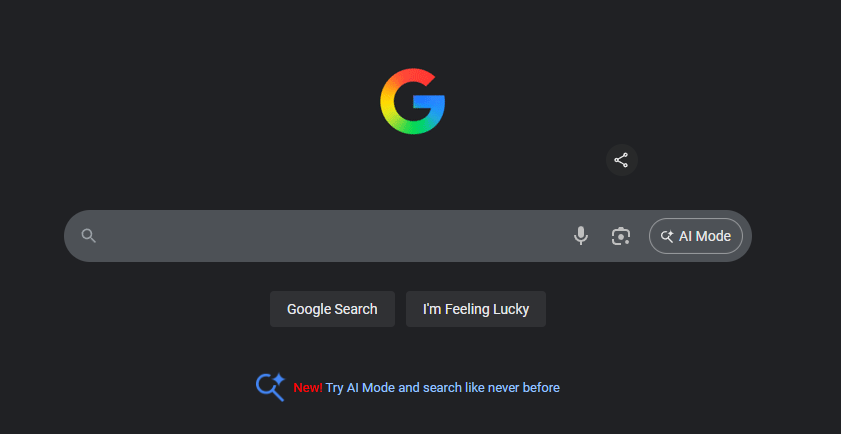Banks are still bad: Trillions of reasons to remain short these bank names
Welcome back friends, trust you all survived the holidays (read: relatives) and are looking forward to a prosperous 2012; another year of making money while the Chicken Littles scream about falling skies and failing currencies.
At some point volatility will simmer down — but probably not for the time being. If 2011 was the year when the credibility and balance sheets of governments followed the trajectory of the banking system, 2012 just may be the year when they go to war or break alliances to salvage things (see: Iran, North Korea, E.U.)
Our job is to cut through doomsaying/soothsaying/platitudes and focus on the only rules that matter:
Rule #1: Don’t lose the money.
Rule #2: Don’t forget rule #1.
If you fell into a Rip Van Winkle sleep this time last year and woke up in December 2011, you’d think nothing had happened. My mentor and friend Doug Kass was exactly correct with his prediction that the Standard & Poor’s 500 Index would end 2011 exactly where it started it, 1,257.
Yeah, these markets are tricky but all markets are tricky. They always have been and anyone who says otherwise hasn’t been alive very long or doesn’t pay attention. And I’d much rather be investing in a time of uncertainty than one of unabated optimism/pessimism. Instead of throwing your hands up at volatility and backing into a defensive stupor, stay vigilant and agile. Keep some basic rules in mind, like building a position over time and you’ll be much less likely to get shaken out of your trades. With that let’s review our newest name and check up on two others.
Last week I added PNC Financial Services as TBTF short, building on my thesis to sell anything that depends on the kindness of strangers a.k.a taxpayers. PNC started life as Pittsburgh Trust and Savings Company but in keeping with the corporate lingua of the 80s ditched the oh-so-parochial geographic name and went with meaningless acronym. The company still makes much of the Pittsburgh connection though and is spending $400 million of shareholder money to build a new LEED-certified corporate headquarters for its executives. You know, just as Bank of America did with New York’s One Bryant Park in 2004.
Yes I hear you, PNC, along with everyone else repaid TARP but give anyone a couple billion dollars (7.6 in this case) and I’d venture they’d do ok. PNC managed to use TARP funds to buy beleaguered National City for $5.2 billion — a day after the Cleveland bank’s bailout application was denied by the Treasury Department. And yeah, if you’re wondering about the wisdom of buying an Ohio mortgage book, PNC was forced to take a $12.6 billion write-off on National City’s portfolio. The government’s game of picking winners and selectively rewarding certain equity holders is a recipe for legal and accounting blowback. PNC is expanding in some of the dodgiest markets by acquisition, looking for subprime customers to juice retail profits; making money on overdraft fees is so five years ago.
The real source of welfare for PNC is their ability to borrow from the discount at near-zero, invest at slightly-above-zero and leverage the result. This is akin to picking up pennies in front of a steam roller. At some point the steamroller, in this case, interest rates, will pick up speed (rise) and PNC size will be a major detriment to getting out of the way.
Let’s do quick check-up on the news around another financial with Steeler roots, The Bank of New York Mellon Corporation.
Last September I wrote :
“Long story short, this company has supposedly certified that all those millions of mortgages in the MERS system that were never properly conveyed through the chain of title, were properly conveyed.”
To be fair this leg of problems hasn’t come into view as quickly as it did with our Lender Processing Services short. But just as odious are the revelations around how BK treats its pension fund clients. Bank of New York is embroiled in actions by various state Attorneys Generals that they basically chose price and volatility levels that benefited themselves and actively cost clients millions.
The facts have been trickling out. Just last week the details of a currency trader turned whistle-blower were revealed in FOIA requests by the Wall Street Journal. BK made risk-free money by misrepresenting just how much they were charging pension funds for forex hedging and then instructed its traders to obfuscate the profits if confronted.
When one currency trader learned of the federal probe into Bank of New York’s fees she remarked “It’s over; it’s all over”. Nuff’ said. Losing the trust of institutional trading clients is not good for a bank that is trying to expand from custodial services into higher margin activities. And the baseline issue with Bank of New York, the enormous size of assets under its watch — $26 trillion, is still the best reason to stay short.




